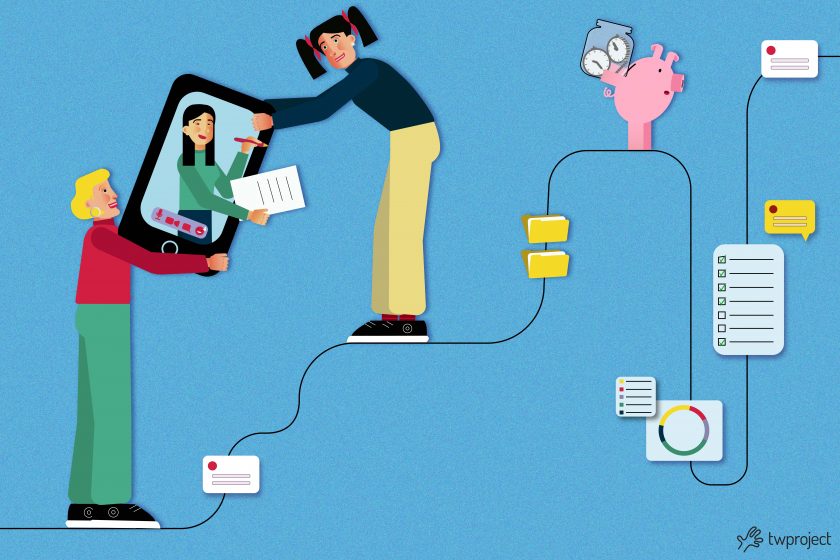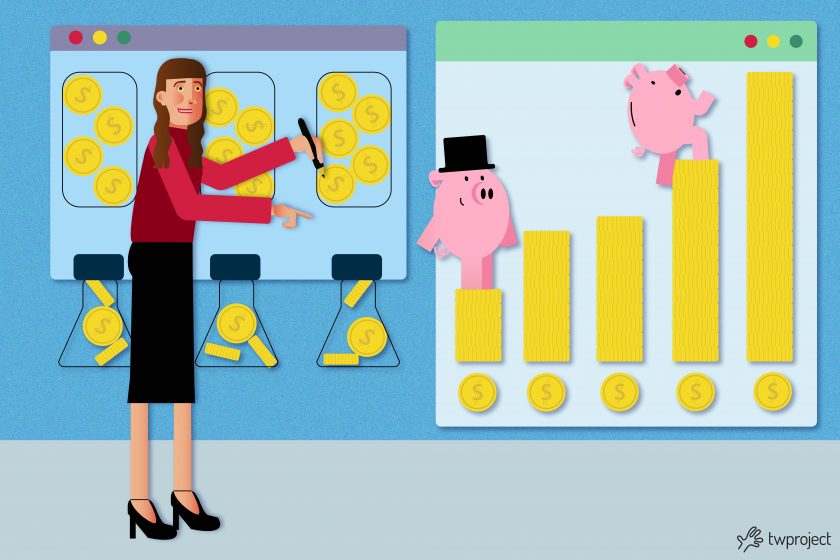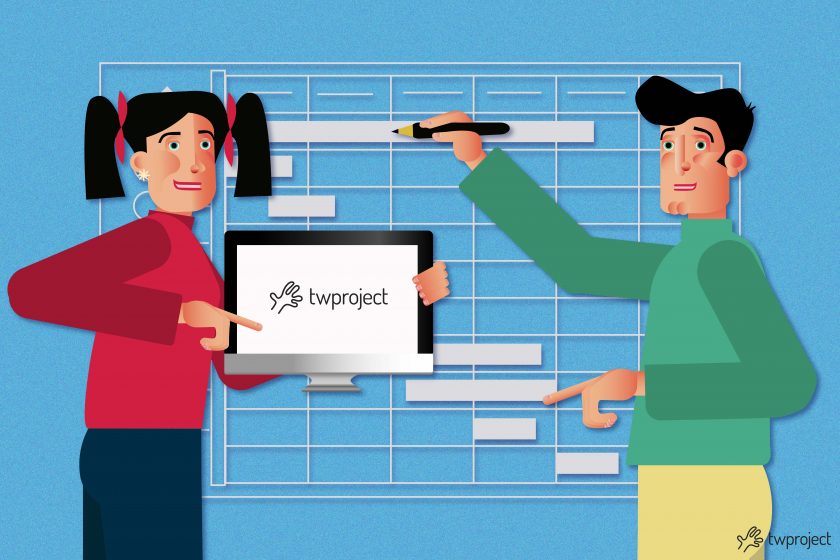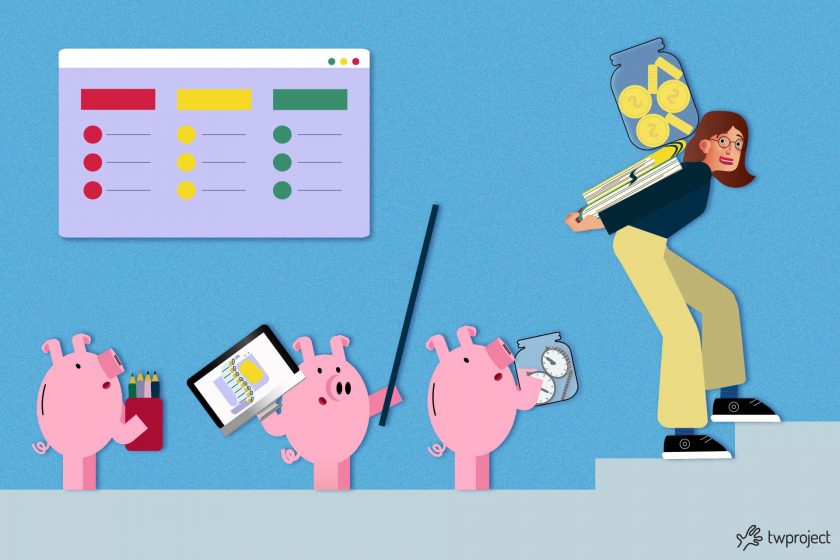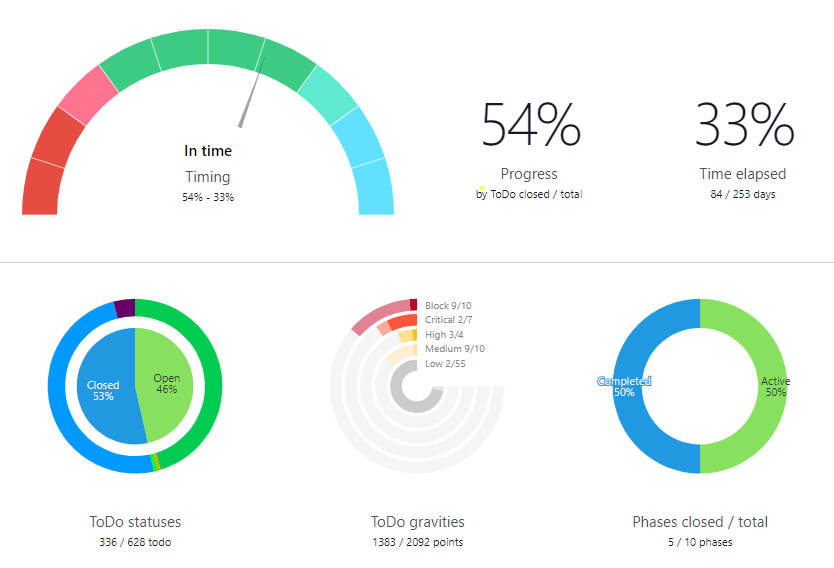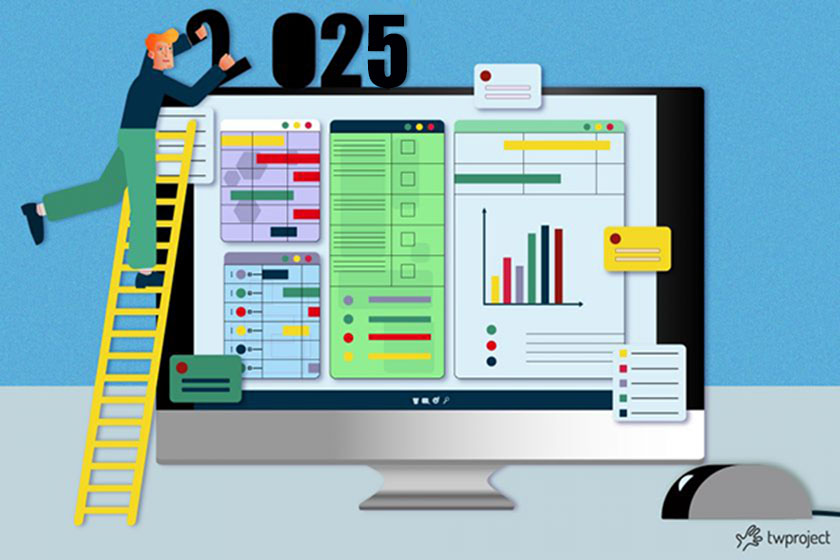-
Project scheduling: management and process
Project scheduling is one of the main activities of project planning and represents a structured planning process to ensure the success of the project. It is summarized in a document that describes all the work necessary to deliver the project on time and with success. A project, in fact, is composed by many activities and … Continue reading "Project scheduling: management and process"
-
How to optimize work organization in teams
Efficient teamwork organization is a key process for achieving project success. An effective team stimulates unique strengths and allows individuals to reach their full potential. In this article, we will cover how to optimize work organization in teams and what tools to choose to maximize work performance. CONTENT Why is work organization in teams important? … Continue reading "How to optimize work organization in teams"
-
The best tools for Financial Planning
Most of the time, bad financial planning leads to project failure or late delivery. Solving this issue is not easy, but in this article, we will provide tips on how to improve project financial management and the best tools for it. CONTENT What is project financial planning? Financial planning throughout the project life cycle Common … Continue reading "The best tools for Financial Planning"
-
Twproject: The software that fits your business needs
Business needs are characterized by rapid change, increased diversification, and a strong focus on efficiency. Therefore, using flexible and powerful tools has become key for every project manager. In this scenario, Twproject stands out as a solution that can be used in any business environment, regardless of size or industry. In this article, we take … Continue reading "Twproject: The software that fits your business needs"
-
The technical feasibility of a project: how to assess it with the allocation of resources
The allocation of the right resources to a project according to their skills and availability makes it easier to assess the technical feasibility of the project. In fact, during the project feasibility study, the allocation of resources relates to the technical sphere and is crucial for verifying whether the company has the appropriate skills to … Continue reading "The technical feasibility of a project: how to assess it with the allocation of resources"
-
Optimization of business processes – business process management
Business process optimization is a real challenge for most organizations. Processes are simply the heart of a company and the work that is carried out here, they exist in every department and team and are fundamental to the outcome of operations. CONTENTS What is business process optimization and what are its benefits? What are the … Continue reading "Optimization of business processes – business process management"
-
Tracking work hours with Twproject
Tracking work hours with a time tracking system helps monitor the time spent on single tasks and the project. This visibility helps gauge the accuracy of work estimates and employee efficiency by providing insights into each resource’s workload and the presence of employees on various projects. Time tracking within project management software should empower team … Continue reading "Tracking work hours with Twproject"
-
Estimated time in projects: how to plan for it?
Estimated time in projects is key in assessing a project’s feasibility and success rate. This estimate must be factored in to guarantee alignment between project goals and business objectives, ensure efficient resource use, set client and team expectations, and mitigate potential risks. In this article, we take a closer look at how to plan for … Continue reading "Estimated time in projects: how to plan for it?"
-
Measuring Project Progress: the calculation formulas
For a project manager, having an immediate and clear view of a project’s progress in percentage terms is critical to making informed and timely decisions. Indeed, there comes a time in the life of a project in which the PM will find himself having to answer the fateful question: “where are we?” At the dawn … Continue reading "Measuring Project Progress: the calculation formulas"
-
The Getting Things Done method: 5 steps for managing time
The GTD (Getting Things Done) method is a system that allows to efficiently organize one´s activities in relation to time, thus remaining productive. It may seem complicated from an external point of view, but the ultimate goal is to optimize the available time to devote to the activities that need to be done, in order … Continue reading "The Getting Things Done method: 5 steps for managing time"
-
How to develop a budget and make realistic forecasts
How to prepare a budget? As a business grows and becomes increasingly complex, budget preparation and realistic forecasting become ever more critical. Budgeting and forecasting may sound the same, but within the corporate financial framework, they present distinctive characteristics. Although they cover two different spheres, budgets and forecasts work together to produce a comprehensive guide … Continue reading "How to develop a budget and make realistic forecasts"
-
The best project management software of 2025
If you are looking for a clear and concise list of the best project management software for 2025, here is the one for you. TABLE OF CONTENT 1. Managing projects in heterogeneous ways 2. Relying on a single software for complete project management 3. A software that meets the needs of all business figures 4. … Continue reading "The best project management software of 2025"
-
Managing infrastructure project complexity: Challenges and solutions
Infrastructure projects often face delays and increased costs. In fact, the path to completion is often riddled with challenges that can test even the most experienced project manager. The conventional control-centric approach must yield more flexible practices that can handle the unavoidable changes in the infrastructure industry. In this article, we will examine the challenges … Continue reading "Managing infrastructure project complexity: Challenges and solutions"
-
Project manager and NRRP: key skills
The project manager for NRRP is a central figure for the success of projects related to the National Recovery and Resilience Plan (NRRP). This professional’s skills in planning, coordinating, and monitoring efforts are crucial to ensuring that deadlines and strategic outcomes are met. In this article, we will examine the NRRP and the essential skills … Continue reading "Project manager and NRRP: key skills"
-
The Role of the Sustainability Project Manager in Businesses
A Sustainability Project Manager is in charge of coordinating a company’s sustainability initiatives through collaboration with internal departments and partners. As defined by the United Nations, sustainable development involves addressing current needs “without compromising the future generation’s ability to fulfill their needs.” In the business environment, sustainability typically denotes a commitment to running operations without … Continue reading "The Role of the Sustainability Project Manager in Businesses"
Project management
Choose the category you are interested in:
AgileComparisonCost managementPm expertProduct updatesProductivityProject managementResource managementTime managementUsage tips


